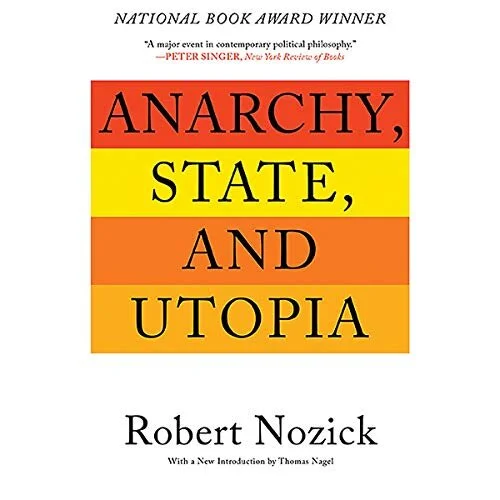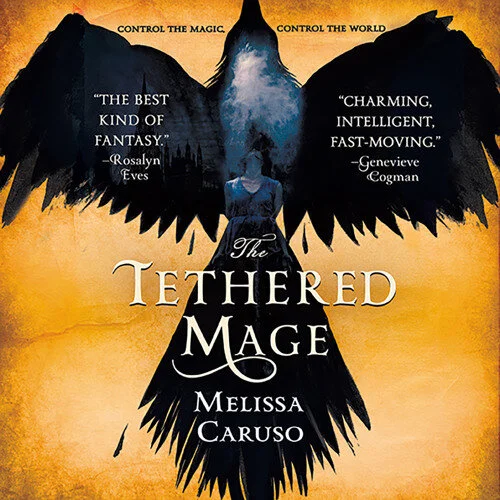Children of Time and bridging the gap of understanding
Mediums are important. Why write a novel when you could make a film or write a play? The answer needs to be more than ‘I have no money and no friends, so I’m writing a novel’. The story you are telling needs to suit the novel as a medium. If you want to make a film, then write a film script; don't just describe a film in prose.
Each medium is suited to a certain type of storytelling. Novels can express things that other mediums struggle with. A good example of a story that works brilliantly in a novel is Adrian Tchaikovsky’s Children of Time. Half of the novel takes place on a planet populated by intelligent spiders. The spiders, both as individuals and as a civilization, are very different to humans, however, Tchaikovsky's novel takes the reader effortlessly inside the minds of the spider characters. Dramatising a civilization of giant spiders who communicate by dancing or by drumming on silk via film or TV would appear either laughable or terrifying.
The way the novel is written leads the reader to connect with the spiders as if they were human. We experience their individual hopes, fear and desires as well as understanding their social structures and the problems facing their civilization. By the end of the book, we relate to the spiders as much as we do to the human characters. The use of the novel as a medium neatly sidesteps the problem of how different to us the spiders are, and allows the reader to bridge the gap of understanding between a spider and a human in a way that would never work on film or TV.
Bridging the gap of understanding
Novels bringing an understanding of something that is alien to us are not just limited to making accessible non-human characters. Prose can take you inside the head of a character and give you feelings you wouldn't ordinarily feel or allow you to gain an intimate understanding of an aspect of life you haven’t experienced. It can allow you to understand what is like to be a poor, Latino woman struggling with mental health problems whilst also periodically time travelling to the future, such as in Marge Piercy‘s novel Woman on the Edge of Time.
This is how works of art, not just novels, can express things that are outside our field of understanding or are difficult to depict visually. This allows us to bridge the gap of understanding to new experiences. These works of art often deal with how something feels, rather than how it looks. They can be less instantly accessible works of art.
Example of this are the plays of Harold Pinter or the film's or David Lynch, which often depict character on the edge of complex and unknowable systems that we cannot see or understand but we can see their effects. This expresses something about the big intangible political or economic forces that govern our lives that are hard to appreciate.
Reaching for the intangible
The film Hunger by Steve McQueen takes us inside a prison in the 1980s where IRA detainees are staging a dirty protest. It conveys the feeling of isolation and desperation that leads to such behaviour as well as the visual reality of it. Zia’s Kalthoum’s documentary film, A Taste of Cement, attempts to capture the experience of being a migrant construction worker in Lebanon who had fled the violence in Syria, rather than just recording the daily lives of its subjects.
This process of reaching for the intangible in art can most keenly be seen in the painting of the Impressionists. Painters such as Claude Monet and Paul Cézanne were working at a time when photography was spreading as a medium and the purpose of painting needed to more than just capturing the look of something. When Monet painted Bain à la Grenouillère he did not just capture the image of a boating lake, but captured the representation of looking at a reflection in the water. This is not capturing what a reflection looks like in a single frozen instant (like a photograph does) but capturing the sensation of looking at something as dynamic as ripples in water.
FIlms that work in a similar way include Barry Jenkin’s Moonlight, which won the best picture Oscar in 2017. The movie conveys how a young black man feels at three challenging points in his life. The way it’s shot, scored and edited takes you inside the protagonist’s emotions, which makes it more power. The same can be said of NK Jemisin’s fantasy novel the 5th Season and its sequels, which also conveys the complex feelings that result from a lifetime of oppression.
Political acts
This expression of the intangible can be political. Crossing the bridge of understanding lets us appreciate the lives of people who are very different to us (such as a poor, gay black man in Moonlight) or whose experiences are very different to ours (such as an enslaved and othered woman in the 5th Season). This can engender sympathy in the reader and lead them to take political actions that improve the lives of people outside their tribe.
Children of Times encourages us to sympathise with spiders, who we normally view as beneath us or as repugnant. Creating sympathy for creatures we viewing as frightening or as animals to look down on has obviously political connotations in a world riven by hatred and threatened with environmental destruction. If we can think of spiders as people then maybe we can stop the destruction of the natural world. Children of Time encourages a very difficult shift of perspective.
Art that expresses something intangible is essential for bridging the gap of understanding and creating empathy. These intangible experiences are what make us who we are and through art we broaden our understanding of the human condition. Novels are an excellent medium to achieving this as they are suited to expressing the intangible. Empathising with a spider is an important step to understanding the lives of others through art.











